BUCKFIELD — Some years, Streaked Mountaineers Snowmobile Club President Mark Fox spends 300 to 400 hours on the trail.
Not riding — even though that was the passion that brought him to his first club meeting some 20 years ago. Those hours are spent grooming, clearing and maintaining the 50-mile trail system, sometimes by himself.
“I spend way more time maintaining trails and grooming than I ever come close to riding,” said Fox.
The Streaked Mountaineers are a small club, based in Buckfield, of about 40 members. Most range in age from 30 to 70, and Fox doesn’t see a lot of fresh blood.
“It seems like the younger generation has a lot of people riding, but they don’t seem to have any interest in helping,” he said.
It’s a similar story around the state that’s dogged clubs for decades and it’s only getting worse as more members approach retirement.
Trail work is intensive, and can be grueling. Typical projects include hauling out lumber for new bridges and structures, and subsequently building them. It’s grunt work — clearing, hauling and disposing of brush.
“It gets pretty daunting and we get worn out pretty quick,” said Jonny Wakefield, a board member of the Rangeley Lakes Snowmobile Club, which maintains 200 miles of trails. “We have a lot of members that say thank you, and help us when they can, but the local involvement is definitely disheartening.”
During the winter, Fox goes out at night to groom trails, often from 7 p.m. to the early-morning hours. During the night, there’s little traffic to interfere, and the trails freeze over.
Often, it’s he and one other volunteer.
“It’s hard to ask a friend who works in the morning to go out at 7 p.m and get back at 1 a.m,” said Fox, who himself works days at a paving company.
Rob Mowatt, president of Norway Trackers Snowmobile Club, has similar struggles.
The Trackers maintain 70 miles of trail. Same amount of work as the Mountaineers; similar turnout.
“We have approximately 40 to 50 regular members,” he said. “Twenty show up at a normal meeting. During a scheduled workday in the fall, eight to 12 show up. I’d like it to be more. We’ll take all the help we can get, for sure.”
Most Norway Tracker members are in their 50s, and many have full-time jobs. Mowatt said the two youngest people in his club are his own sons.
In the past, he’s reached out to Oxford Hills Comprehensive High School, asking for help from students who are required to perform community service hours to graduate. He snagged a few interested teens, but no steady help, and now, it’s back to square one.
“It’s one of the big areas of concern: How do we reach out to the younger kids and get them involved?” Mowatt said. “It’s hard work in the fall. It’s not easy to pick up and throw brush and to maintain it throughout the winter, keeping the trails marked and safe.”
Mowatt said he does his best to advertise and use social media to draw volunteers to cleanup days. But the generational gap is evident.
“I’ve talked to other clubs, to see what they’re doing, if anything, and they’re all in the same boat,” he said. “It’s hard to communicate with (the younger) generation, and I’m not sure why.”
THOUSANDS OF MILES OF TRAILS
Maine has a vast number of snowmobile trails, all interconnected. Bob Meyers, executive director of the Maine Snowmobile Association, said the 14,500-mile network can be accessed from almost anywhere in the state.
In Maine, 289 clubs are each responsible for maintaining their own trails. Ninety-five percent of the land crossed by the trails is owned by private landowners who agree to allow the trails on their property.
Meyers said snowmobiling is a $350 million industry, with 3,200 related jobs in places like dealerships, repair shops and restaurants that see business in the winter months.
Last winter, there were 79,000 snowmobiles registered in Maine, according to the Department of Inland Fisheries and Wildlife. Meyers said approximately 20,000 of those were non-residents.
States handle the upkeep issue differently. In Maine, the state has very little involvement.
In New Hampshire, anyone who registers a snowmobile is required to join a club. In New York, Fox said, all trail grooming equipment is run by the state. In exchange, the state can tell clubs when to open and close trails; some see that as a loss of independence.
Fox thinks mandatory club membership could work in Maine. At $46 for Mainers and $100 for out-of-staters, Maine is one of the cheapest states in the country to register a snowmobile.
According to Meyers, the bulk of registration fees goes to the Snowmobile Trail Fund administered by the state. From that fund, the state doles out money to the clubs in the form of grants.
Some of the money also goes to IFW and a portion of in-state fees goes back to the town where the snowmobile was registered. Most of the time, the town gives that money back to the local club.
“Money isn’t always the answer to fix things, but at least if we have money we can hire excavators and rent some equipment to make our lives easier,” Fox said. But he admitted cash can’t replace the value of work.
“You can have all the money you want, but that doesn’t give you the 10 to 12 guys you need on the weekend when you’re building a bridge,” he said.
Both Mowatt and Fox said a facet of the problem is the current trend of younger riders moving toward off-road machines, which poses problems for delicate trail systems that rely on landowner generosity.
“I’ve seen more of them on the trail, kids standing up with their dirt bike helmets on, looking for places to go off trail,” Fox said. “We don’t have a lot of places where they can go off trail really easily. There are lot of landowners that want them to stay on the trail.”
“That’s what the kids are all buying up these days,” Mowatt said. “It’s really creating an issue with the Maine Snowmobilers Association as a whole.”
But the off-trail issue is just part of the bigger problem. The guard is changing. As members get older and age out, Mowatt’s worried there won’t be enough young people to take the reins. His sons know the day-to-day operations and the effort it takes to keep the club alive.
“They see my passion for it, and know what it takes to keep it going,” he said. “Eventually the older people are going to stop coming and they’re the next in line.”
ATTRACTING YOUNG RIDERS
It’s not all apocalyptic doom and gloom. Though many clubs are struggling with membership, the Hillside Riders of Lewiston stand out as a beacon of hope.
Eric Spear, club president, said the Riders have about 130 members with a healthy demographic.
“We have older teenagers who are doing work . . . up to guys who are retired,” said Spear.
While other clubs struggle to find the help needed to maintain trails, Spear said the Hillside Riders have been successful finding the needed help.
“We have a lot of interested people,” he said. “We have fun, and everyone can pick a task. No matter the age, we try to respect everybody, and let them have a shot at something they enjoy.”
Spear said he tries to distribute the work evenly and allows younger members to find an upward trajectory through the ranks.
“(A teenager) can start picking up brush,” he said. “They can help build bridges, help put up signs, pound stakes in. As they get older, more of an adult, they learn how to groom with grooming equipment. Some help out with fundraisers, either collecting stuff for raffles or selling tickets or writing newsletters. It’s all over the place.”
Spear said his willingness to step aside and let club members take up new tasks drives a sense of community in his club.
“Some say, ‘No, I have to do it all myself and make sure it’s done right.’ I don’t have that attitude,” he said. “I try to convey that to people, give somebody new a chance. Not necessarily young, but give somebody new a chance to learn a little and improve themselves.”
Spear said he’s gone around to local clubs to try to help them drum up younger support, but sometimes encounters pessimism and “can’t do” attitudes.
“The problem is everybody likes doing the things they like doing,” he said. “They say, ‘Oh, we don’t have enough people to do that.’ Well, try.”
Spear also said many clubs don’t do nearly enough networking.
“If you’re not putting yourself out there, attending meetings, meeting people and networking, then that’s why you’re not doing well,” he said. “I think that’s part of the failure of a lot of these clubs. That’s why you don’t have any help.”
FEWER YOUNG RIDERS, MORE WORK TO DO
Meyers said snowmobile clubs have been struggling to get help for decades.
“Back in 1980, everything was cool,” Meyers said.
Clubs were more informal, family and social affairs. Members met over dinner. That sense of family bonding over the sport is not as great these days.
And, as clubs began to grow and build better trail systems, rider expectations grew — the demand for trails to be immaculate went, as Meyers said, “off the hook.”
“Clubs are a victim of their own success,” he said.
Wakefield in Rangeley, one of the largest clubs in Maine, said it also struggles.
“It doesn’t matter the size of the club,” he said. “I don’t know of a snowmobile club that has the volunteers they need, never-mind that they want.”
Rangeley Lakes has 800 mostly middle-aged members. Wakefield said if he needs 20 people to help, he’s lucky to get 10. For that reason, day-to-day operations have become brutal.
“We could use more hands on deck all the time,” he said. “It’s constantly the same eight to 10 people who do a majority of (the work).”
Wakefield said the club has an operating budget of about $280,000, but money doesn’t overcome a shortage of volunteers. With more money, there is pressure to maintain more trails, which also means more landowners to work and negotiate with. Everyone on the Rangeley board has a full-time job and balances family life with the demands of the club, Wakefield said.
And for a town like Rangeley, which has been been coping with the closure of Saddleback Mountain ski area for four years, the thousands of snowmobilers who ride the area trails are an absolutely vital part of the town’s economy.
“We’d put a ‘closed’ sign on this town if it wasn’t for the club and the chamber,” Wakefield said.
In Rangeley and elsewhere, club leaders said they wish their older members could pass on the torch of maintaining clubs and trails to a younger generation so they could relax and enjoy the ride.
According to Fox in Buckfield, some of his club members are reaching their golden years and should be able to retire from the demands of trail upkeep.
“It would be nice if some of the older people, toward the end of their life, didn’t have to work so hard, and could get out and enjoy the trails,” said Fox.
jbolduc@sunjournal.com
Send questions/comments to the editors.


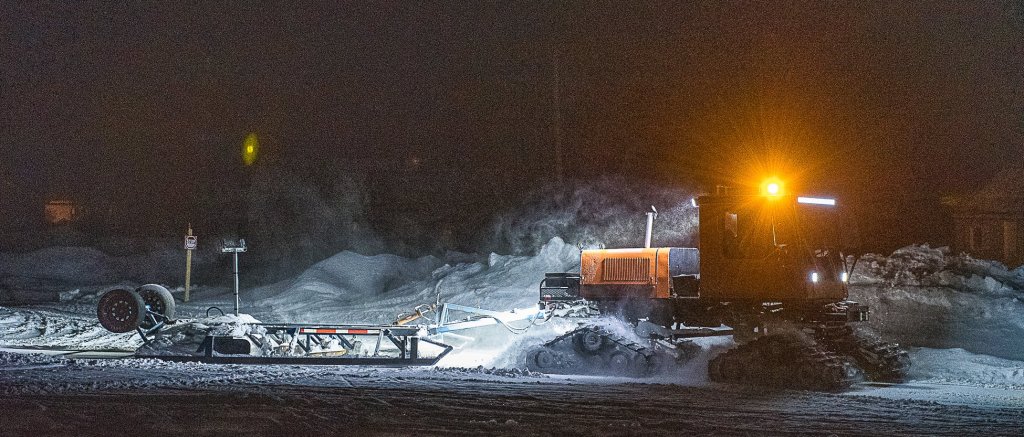
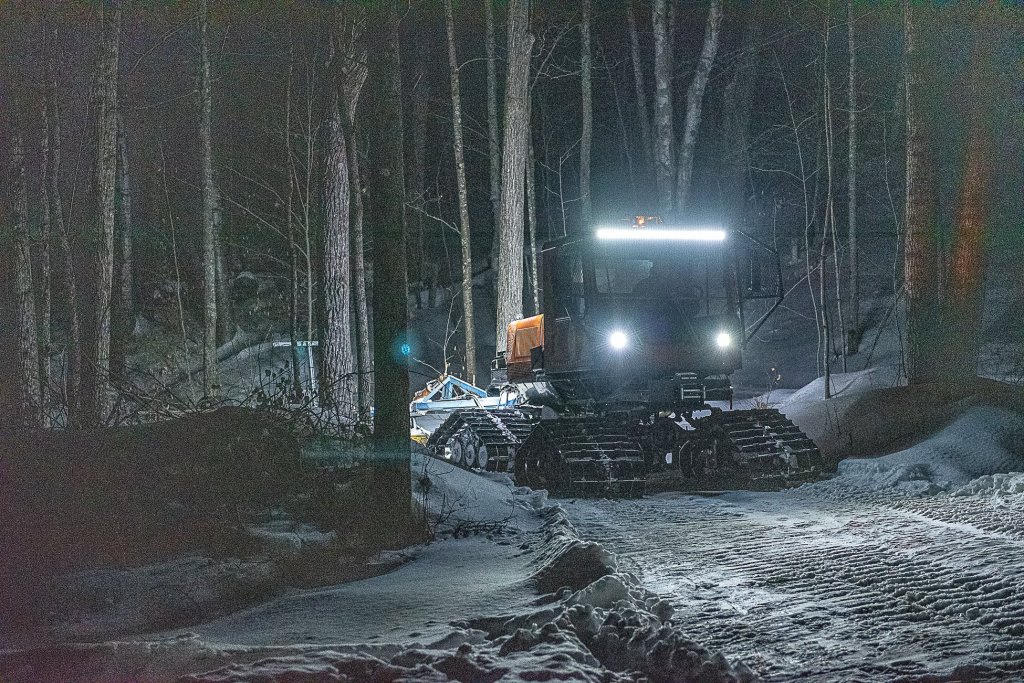


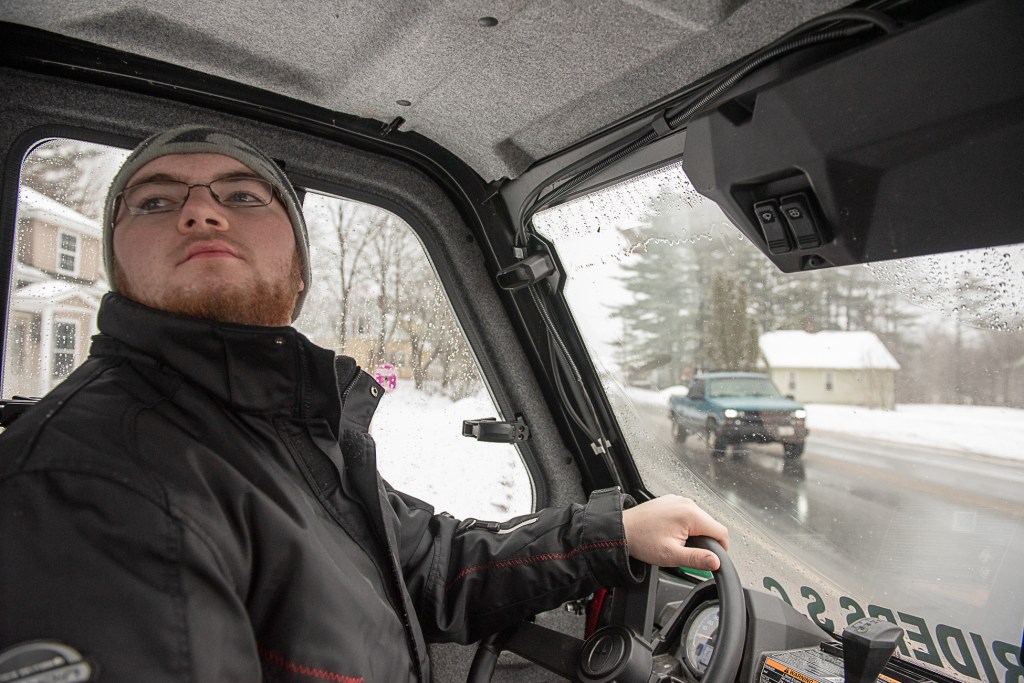
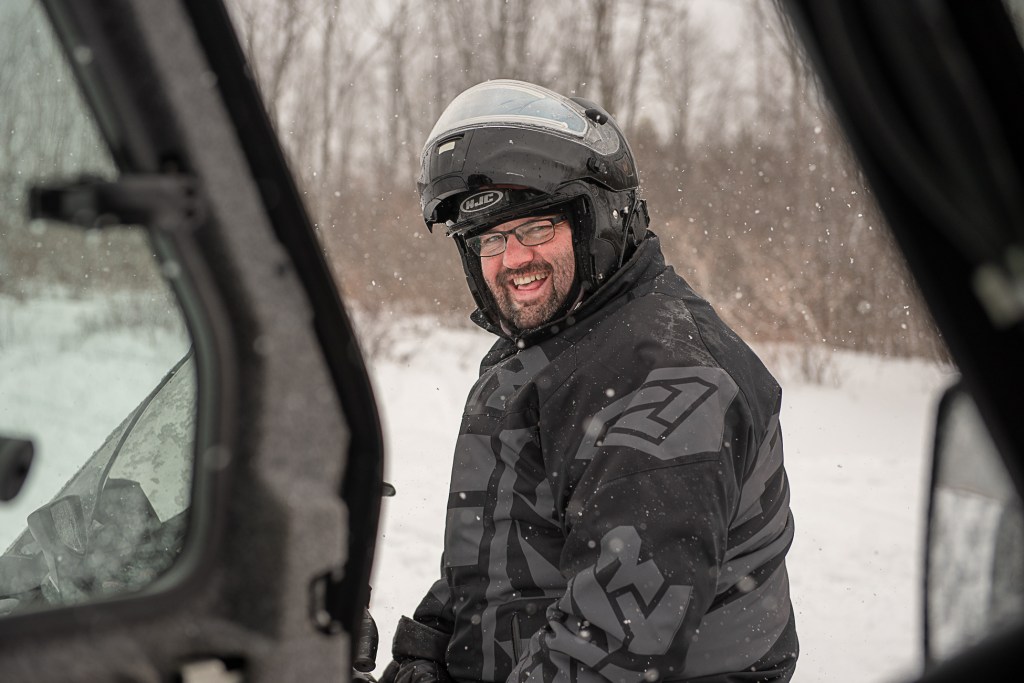
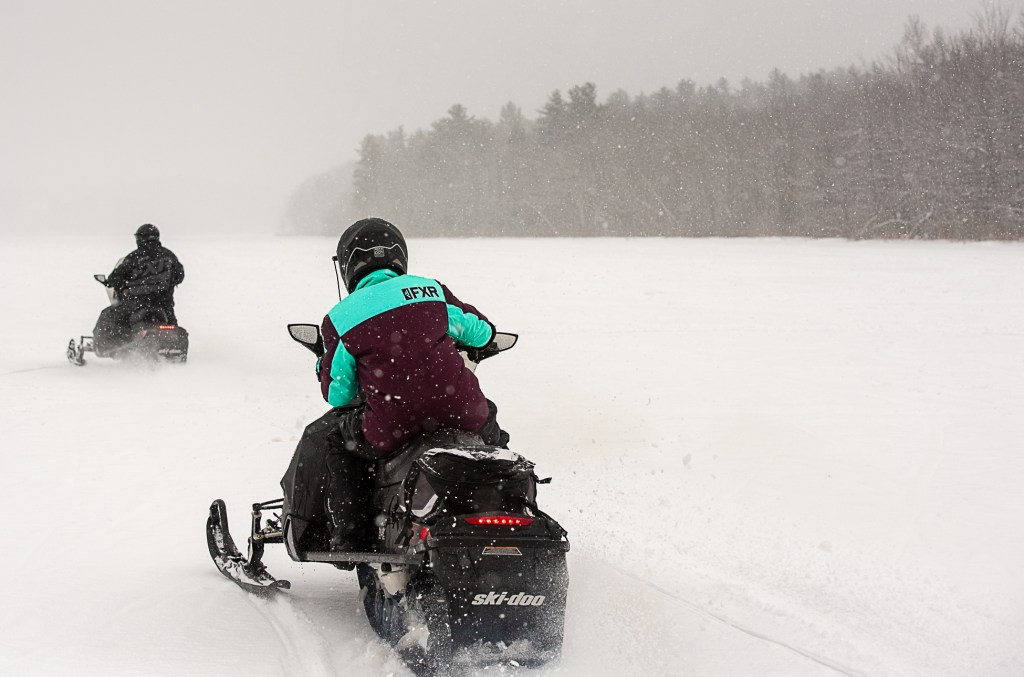

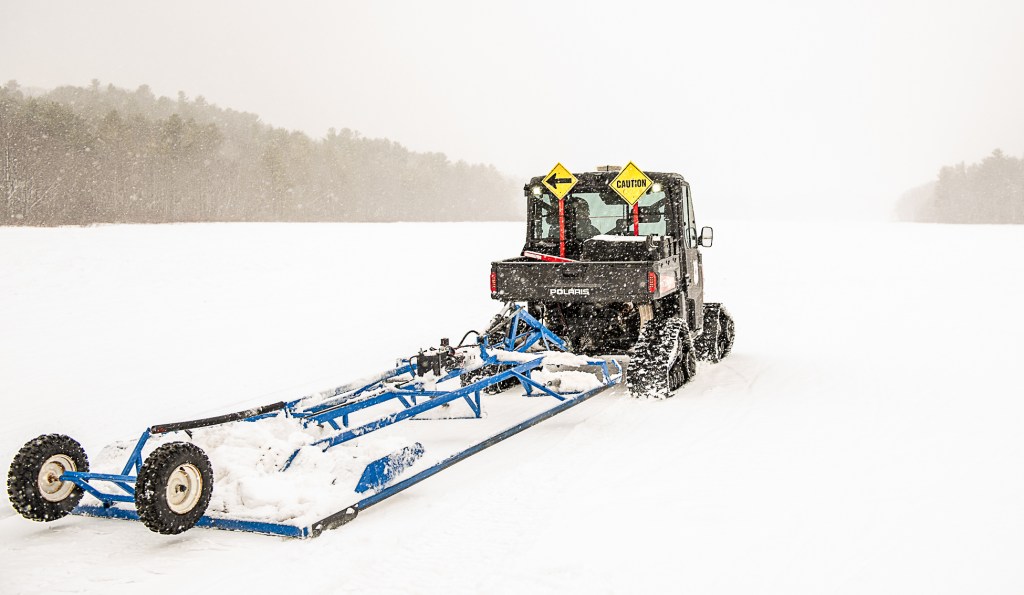
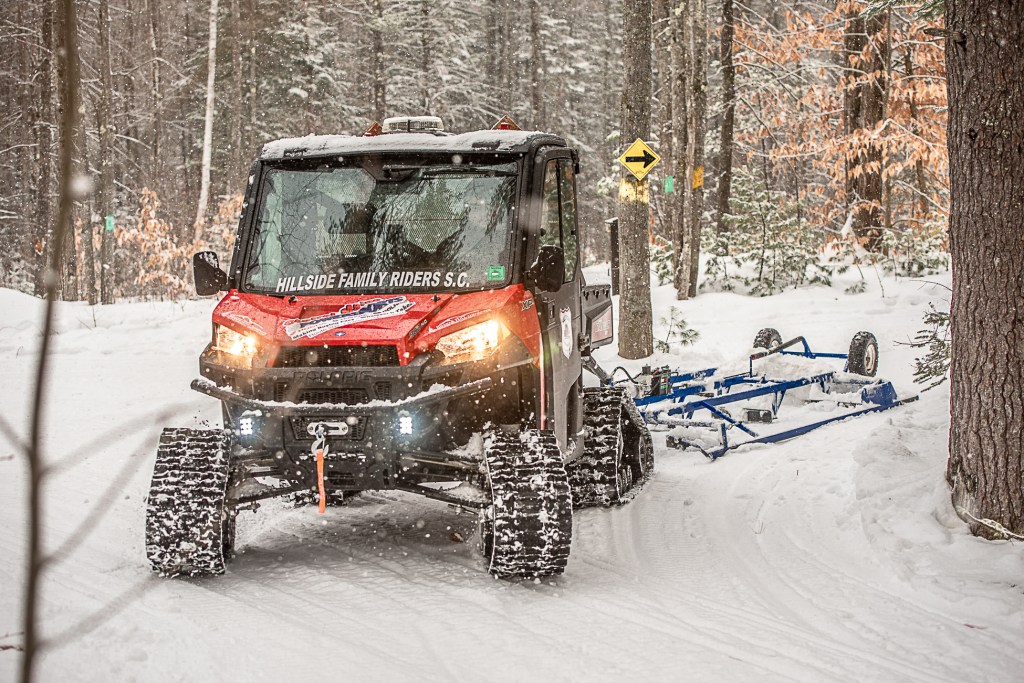
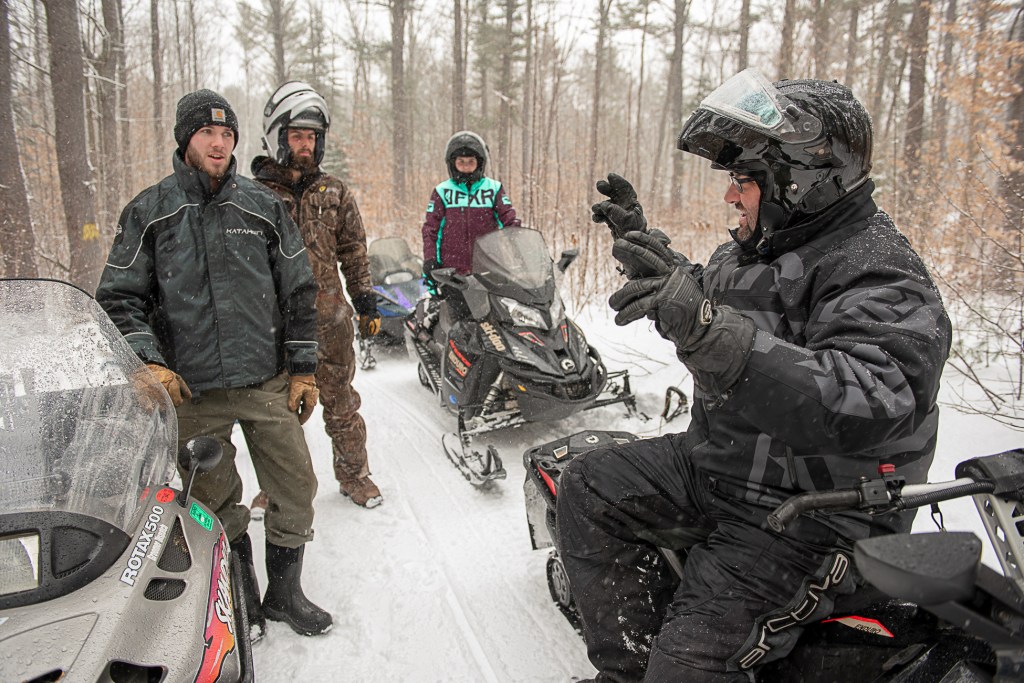

Comments are no longer available on this story